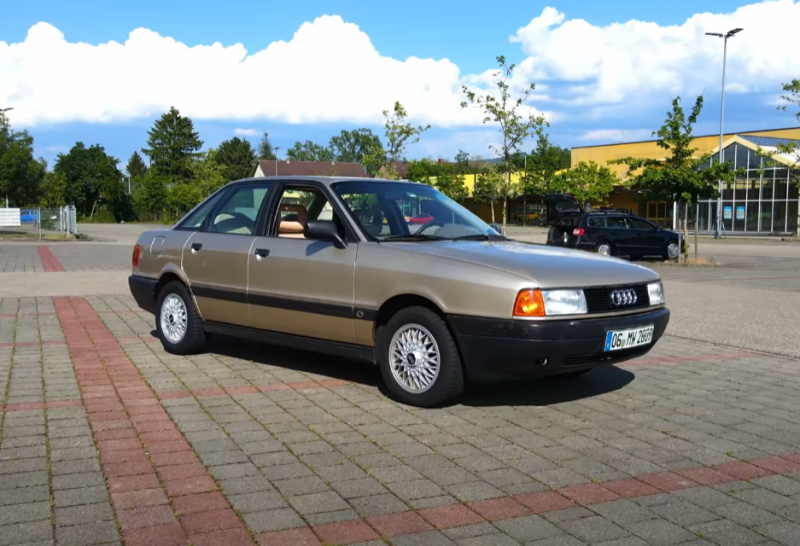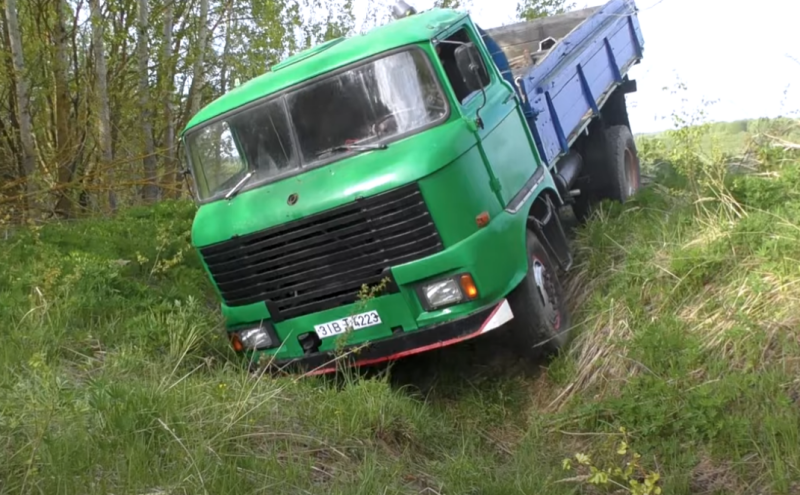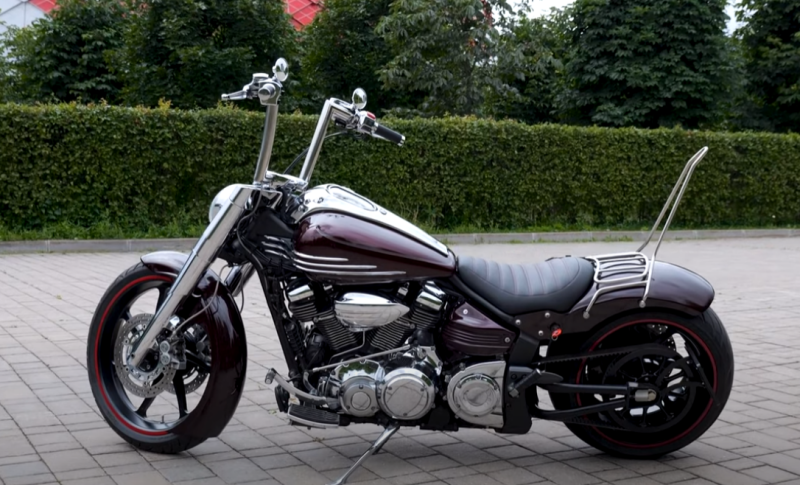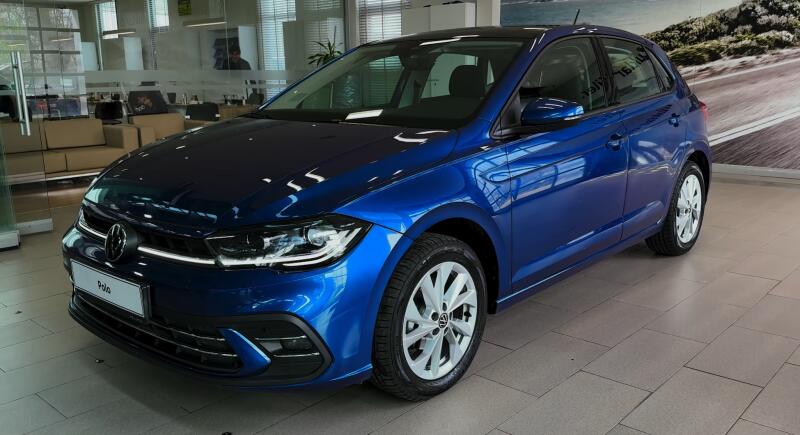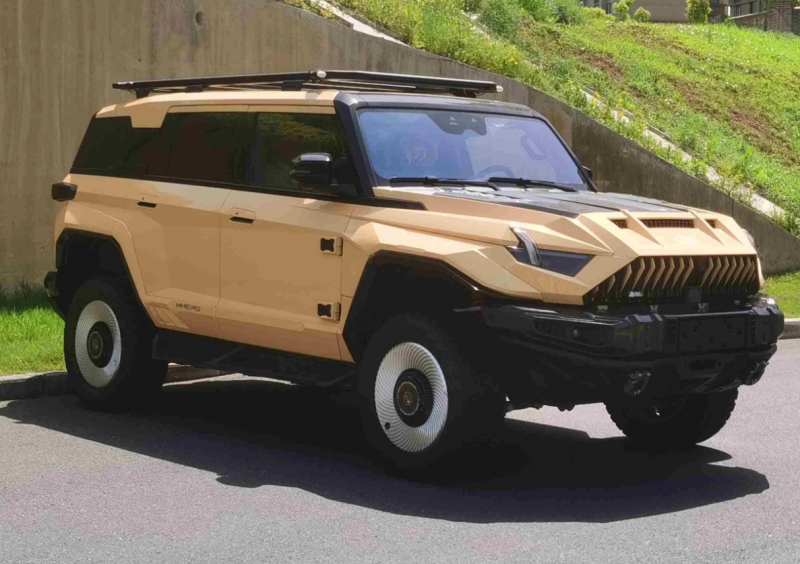How does a magnetic pillow work?
Sleepers and rails are not needed for this technology. The principle of operation is very simple and many probably indulged in childhood with magnets that repel each other. Something similar underlies the system under consideration. On the "railway" there is one "rail", which is an electric magnet. Approximately the same is mounted in the lower part of the car.
 The first experimental maglev from Transrapid (Germany, 1971). Photo: YouTube.com
The first experimental maglev from Transrapid (Germany, 1971). Photo: YouTube.comWhen a voltage passes along the "railway line", a force field is created. Thanks to him, the magnets interact and the cars hang over the "rail" at a height of 1 centimeter. A winding is also laid along the line, creating a magnetic field that moves the train.
And now the most interesting thing: the train goes without a driver and is controlled from a special center. From it, voltage is supplied to the desired section and commands for acceleration and deceleration. By and large, the computer "does" the management.
Pros and cons of maglev
The main advantage of magnetic levitation trains is their speed, which is unattainable for conventional trains. The record in this regard was set by the Japanese - 603 km / h (2015). Well, the “cruising” speed of the Shanghai maglev is 350-450 km / h. There are other advantages:
✅ small consumption of electrical energy, (at times!) when compared with a car or an airplane
✅ the almost complete absence of friction leads to lower maintenance and repair costs
✅ no noise and vibration
✅ the magnets that the cars and the road are equipped with create a field that is inferior in strength even to that of ordinary trains, and this guarantees safety for the health of passengers
✅ due to low energy consumption, the harm to the environment is reduced
And what will happen to the train if the power is suddenly cut off, and it rushes at a speed of 300-4-km/h? For such situations, emergency batteries are provided. They will create a magnetic field with the opposite vector, which will slow down the train to 10 km / h, and then completely stop it, lowering it onto the “rail”.
As for the cons, two of the main ones stand out. The first is high cost. It is impossible to say exactly how much 1 km of such a road will cost: it all depends on the terrain along which the line is laid. For example, the Shanghai branch, 30 km long, was made in swamps, into which concrete pillows up to 85 m thick were poured. As a result, a kilometer of the road cost 43,3 million dollars.
 From the windows of the Shanghai maglev one can see: the branch runs through the swampy area. Photo: YouTube.com
From the windows of the Shanghai maglev one can see: the branch runs through the swampy area. Photo: YouTube.comAnother disadvantage is that, apart from the train on a magnetic cushion, no other transport will pass on such a road. Nevertheless, it works and, obviously, pays off (or maybe already makes a profit - there is no official information). But this does not mean that "regular" trains are no longer produced, at least in China. They also exist and are constantly being improved. Which compounds are used in the world to develop the highest speed?
shanghai maglev
Today it is the fastest and most expensive operating "flying" train in the world. The quotation marks in the word "flying" can be removed: the composition does not touch the road surface. The line was built in 2001-2003 with the participation of Transrapid (Germany). The cost of the project at the final stage reached 1,3 billion dollars. However, on January 1.01.2004, XNUMX, the new road opened.
 The Shanghai maglev picks up speed. Photo: YouTube.com
The Shanghai maglev picks up speed. Photo: YouTube.comIts length is 30 km: from the metro station in Shanghai to Pudong Airport. The train travels this way in 7 minutes. 20 sec. at a cruising speed of 250 km/h. The maximum is 431 km / h, but you can go so fast for a couple of minutes - the track is too short! The fare is 50 yuan (500 rubles). If you present a plane ticket when you are moving towards the airport, 100 rubles. you will be "beaten". For business passengers, the cost is 800 rubles. (I repeat - seven minutes drive!). What kind of service is there or something else for business people for 300 extra rubles, one can only guess.
 The cars show the real speed of the train. Photo: YouTube.com
The cars show the real speed of the train. Photo: YouTube.comPassengers can admire the views outside the window and the scoreboard, which indicates the speed online.
CR400 Fuxing
This train was developed thanks to the Chinese program "Renaissance", which meant the creation of different trains, means of communication, control systems to replace the outdated ones. At the same time, the experience of Japanese and European engineers was actively used. The first built trains of the CR400AF, CR400BF series. In January 2017, the relevant certificate for the operation and approval of the further production of trains of this class was received.
 And this is what a more modern CR400 Fuxing looks like on conventional rails (2021). Photo: YouTube.com
And this is what a more modern CR400 Fuxing looks like on conventional rails (2021). Photo: YouTube.comCommercial use began in September 2017. Today CR400 Fuxing ply between Beijing, Hong Kong and Harbin. The maximum length of the train is 16 cars, which can accommodate up to 1200 passengers. The speed reaches 350 km / h.
Intercity Express 3
A series of trains called "white worms" and operated in Germany. The construction of high-speed trains of the ICE type began in 1988.
In June 1998, ICE1 derailed near Eschede and collided with a bridge support. People died (101 people), dozens were injured. After the disaster, partly associated with multi-component wheels, the manufacturer revised the concept of safety, carried out the modernization of equipment: subsequent trains became better and such troubles did not happen again.
 Modern Intercity-Express 3 fully complies with safety requirements. Photo: YouTube.com
Modern Intercity-Express 3 fully complies with safety requirements. Photo: YouTube.comIntercity-Express 3 entered service in 2000. Initially, the transport was intended to carry passengers from Frankfurt to Cologne and back. In 2002, ICE3 covered this distance (180 km) in 62 minutes. Today, trains of this series successfully connect the largest cities of Germany with Brussels, Paris, and Amsterdam. The speed developed by the trains reaches 330 km/h.
JR East E5
Modern train lines in Japan are called Shinkansen. In the island state, railways are one of the main means of communication between cities. Therefore, regardless of the travel distance, the carriages must have toilets, easy chairs, a city telephone, coffee machines, and an information board. The ten-car JR East E5 is no exception: although there are 3 classes here:
✅ Standart - the cheapest option (from the 1st to the 8th cars)
✅ Green - the seating arrangement is less dense, the backrests recline by 31°
✅ Gran - plenty of legroom, chairs lean back 45°
 On the JR East E5 train, Gran class car. Photo: YouTube.com
On the JR East E5 train, Gran class car. Photo: YouTube.comThe total capacity of the train, developing a speed of 360 km / h (on trials) - 731 passengers. The total power of asynchronous electric motors reaches 9,6 thousand kW.
Trains of the future: magnetic cushion or rails?
Of course, the first option is more progressive. It all comes down to funding. We can confidently say that over time they will find cheaper ways to equip maglev vehicles. But while similar trains run in China, Japan, South Korea (there is one in Germany, but it is not used, because the operational resource has been exhausted). As for Russia, the experts' answers are pessimistic. In the 90s, research in this direction was carried out quite actively, but for obvious reasons they were discontinued. In the Russian Federation, there are only high-speed rail trains, while they are being modernized, although Siemens (Sapsan) is also being purchased. The same thing is likely to happen with magnetic levitation trains: they will only be bought from the Chinese.

